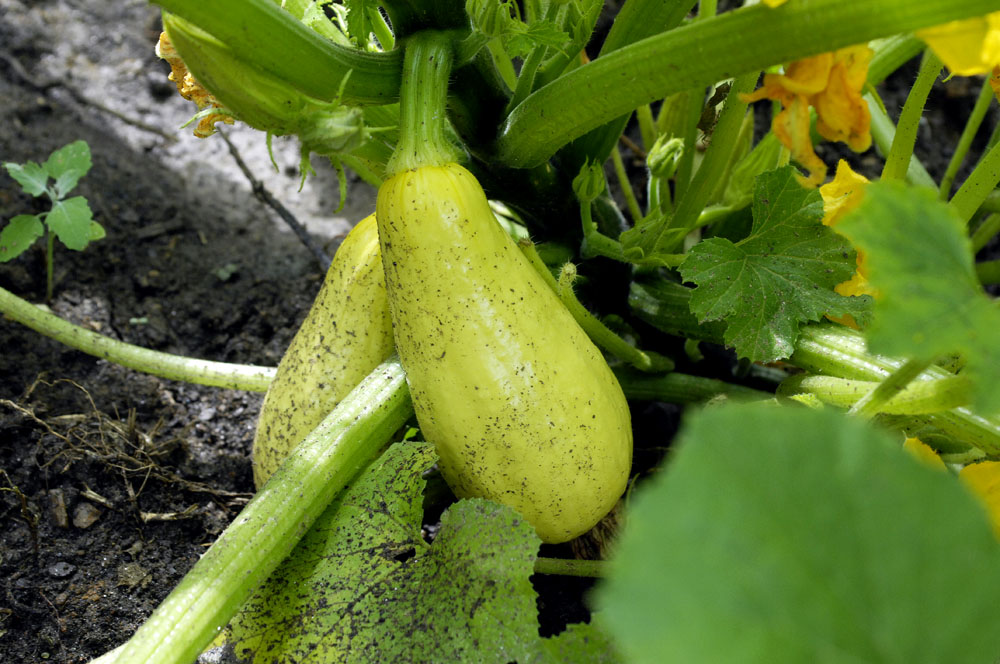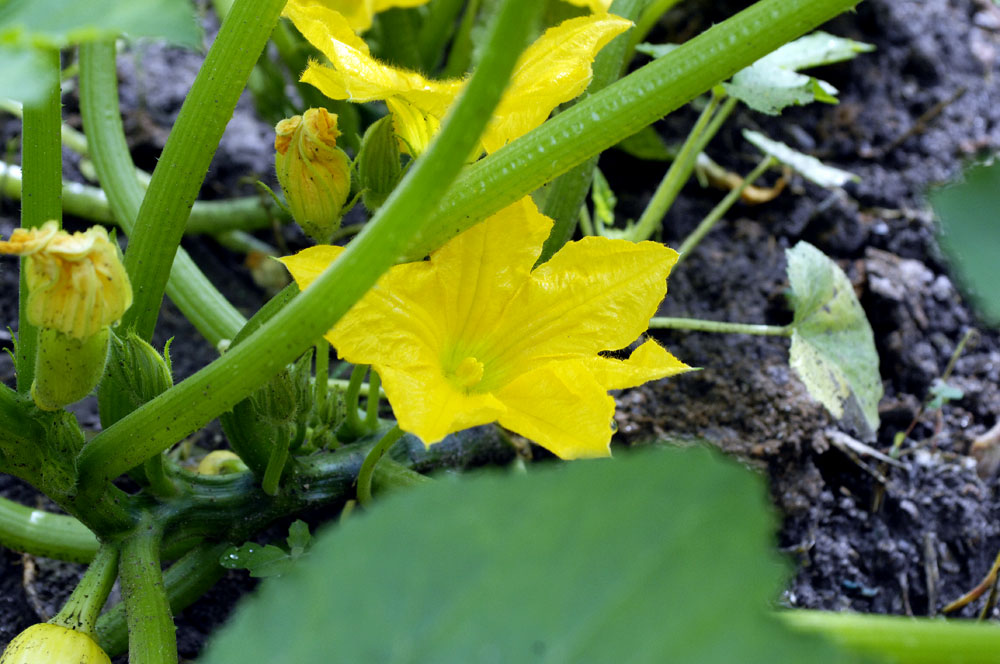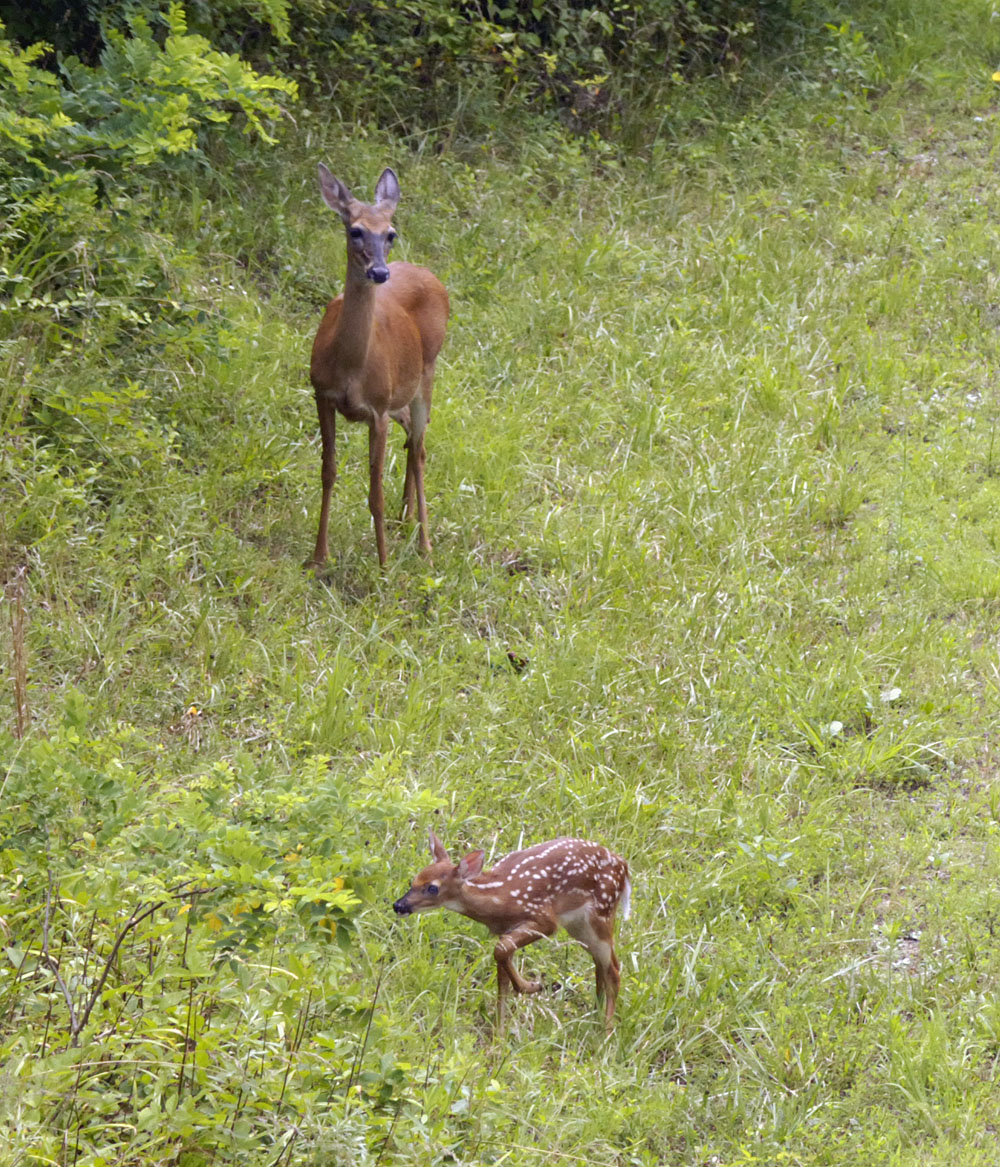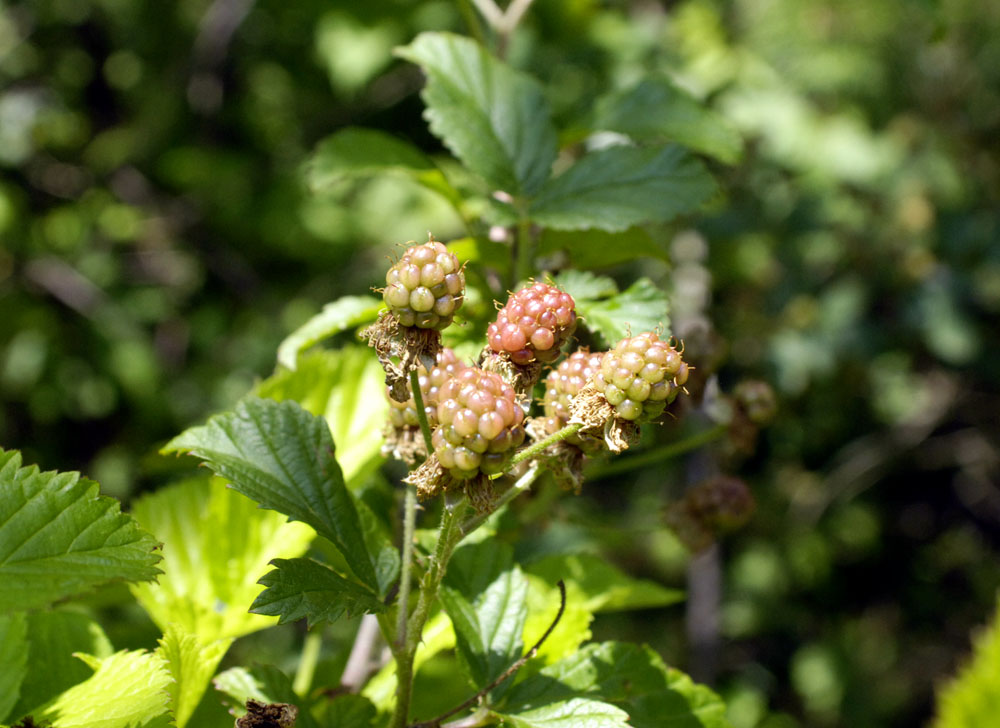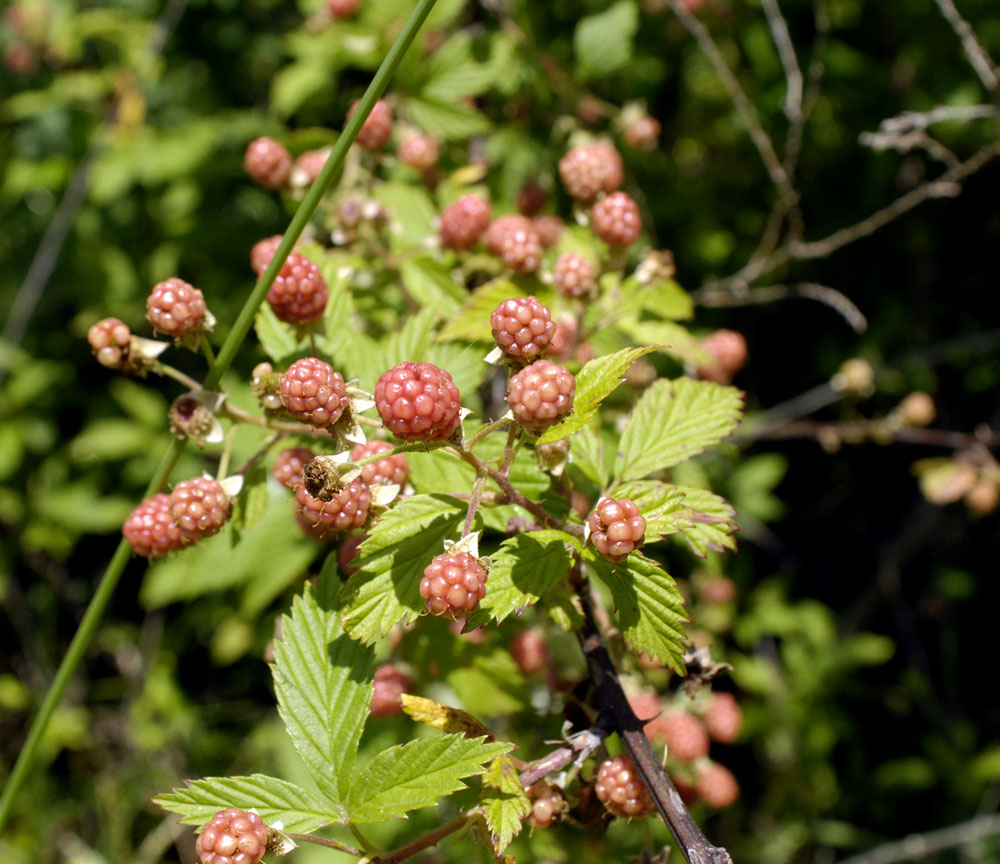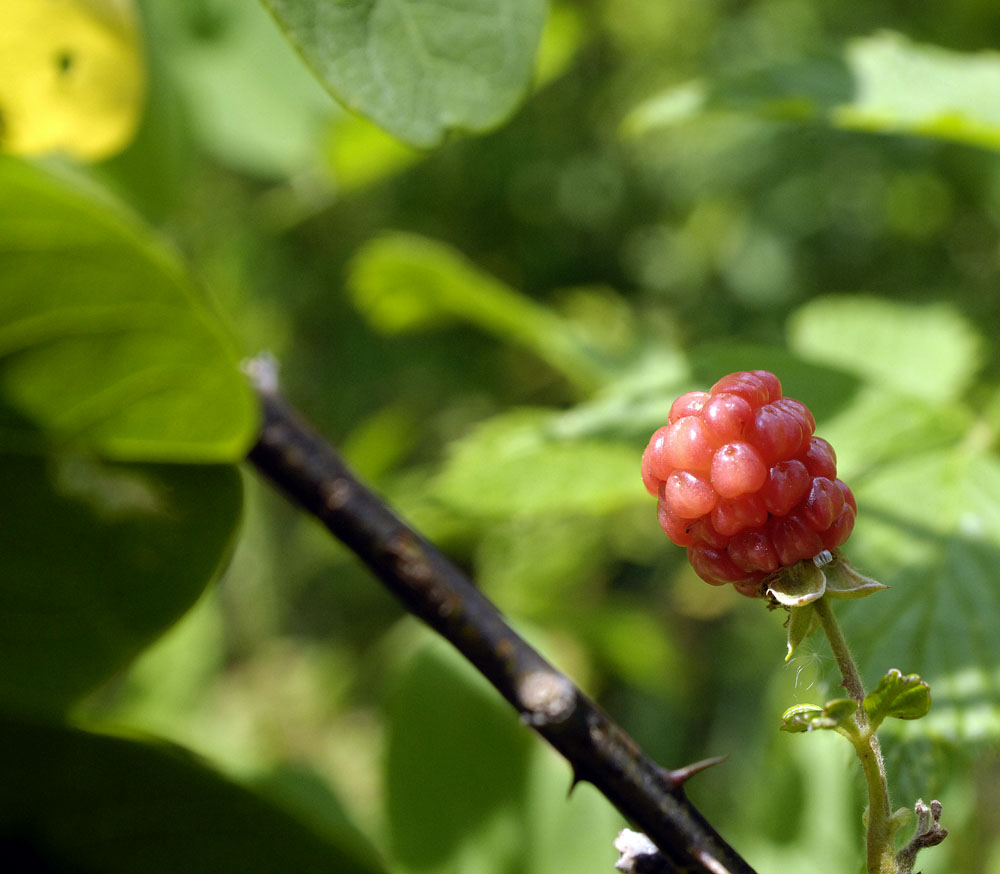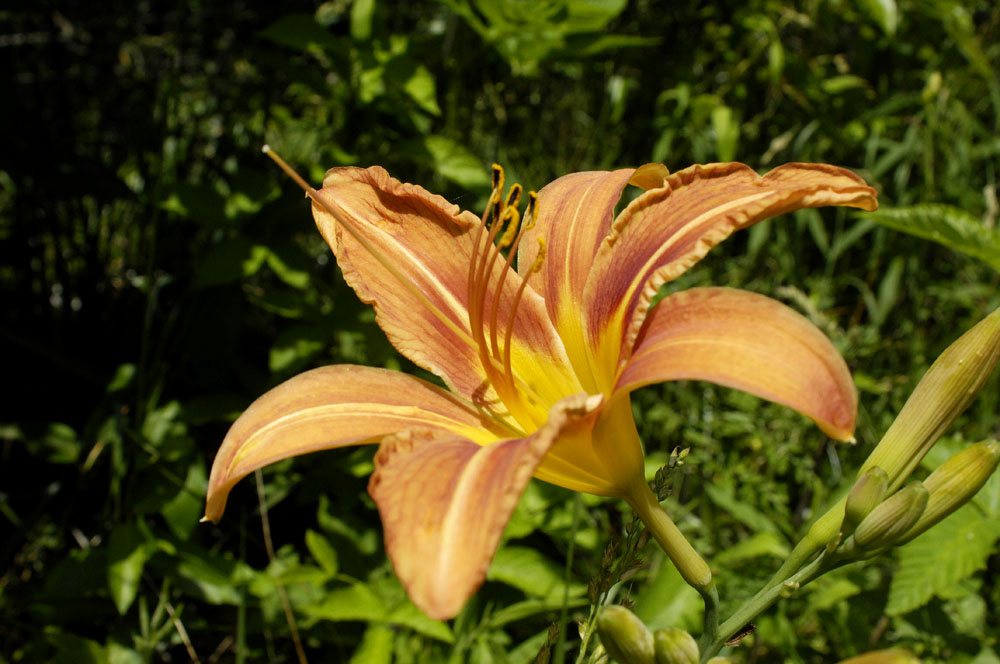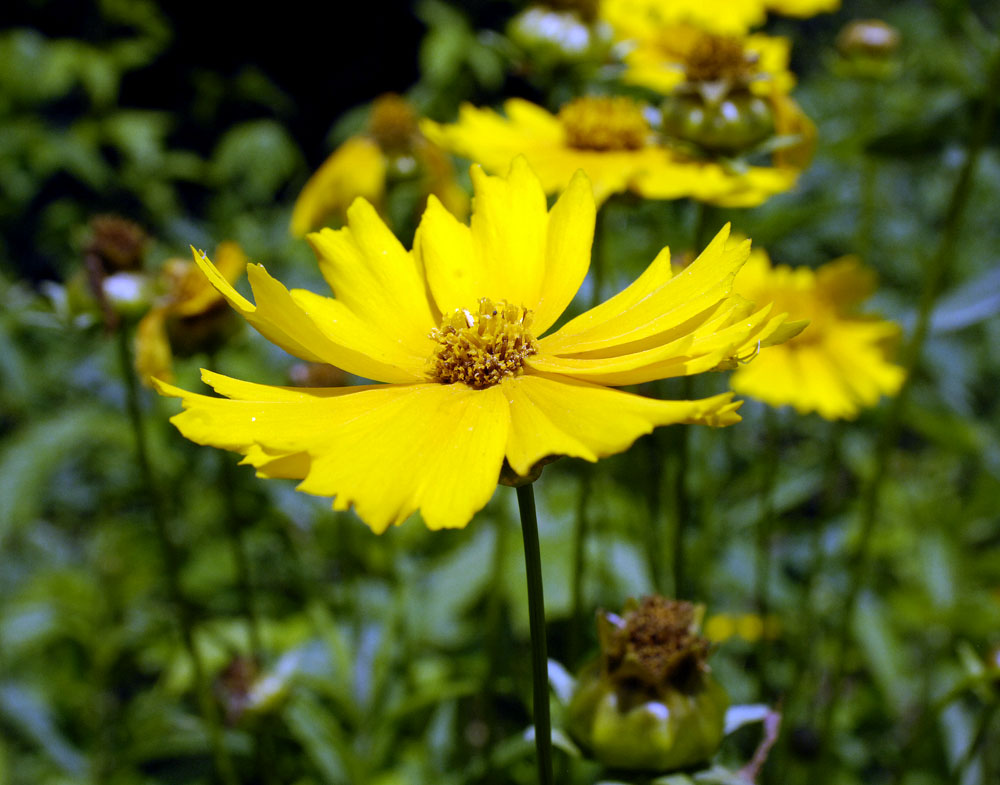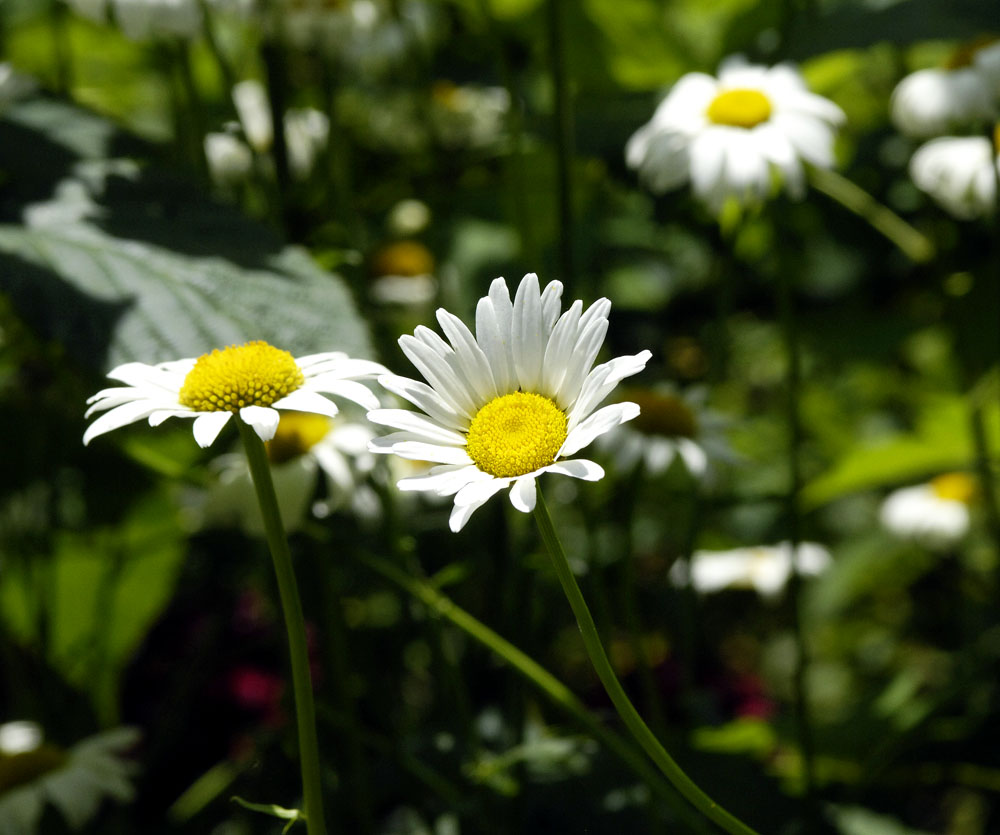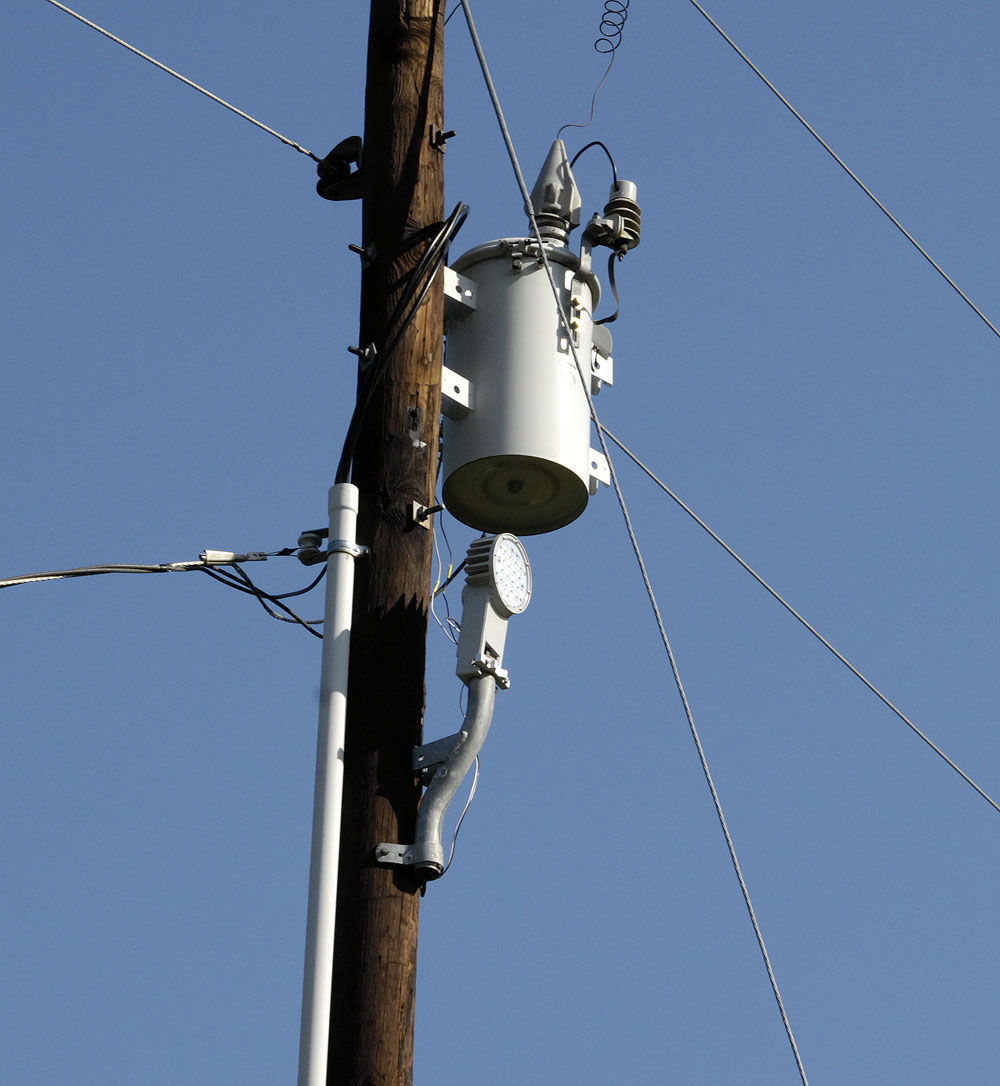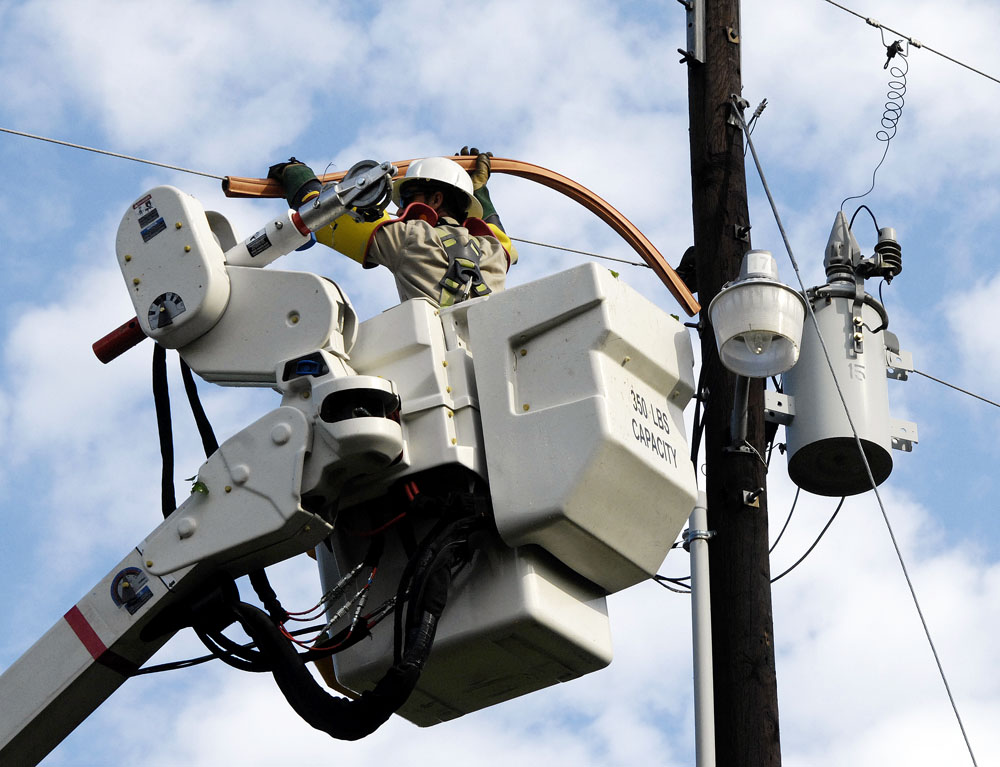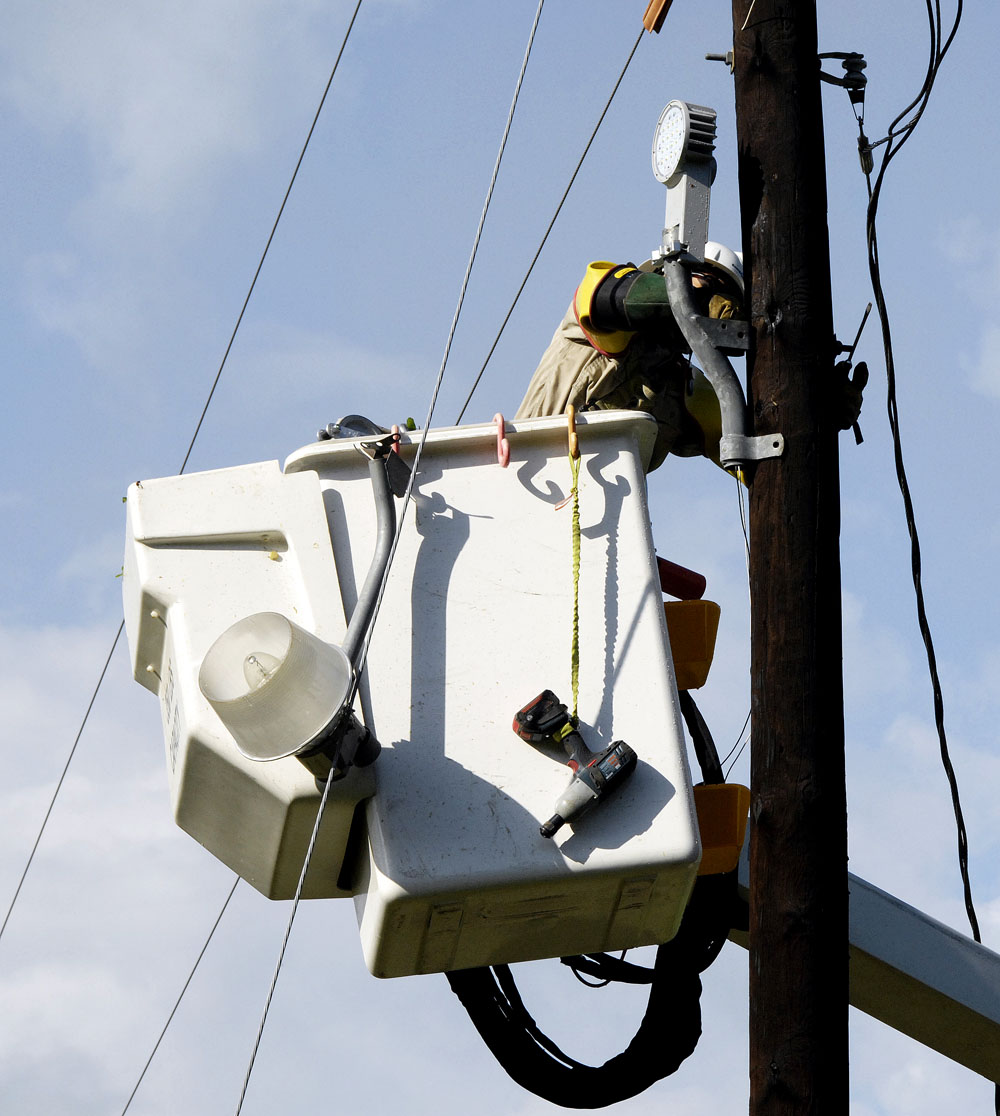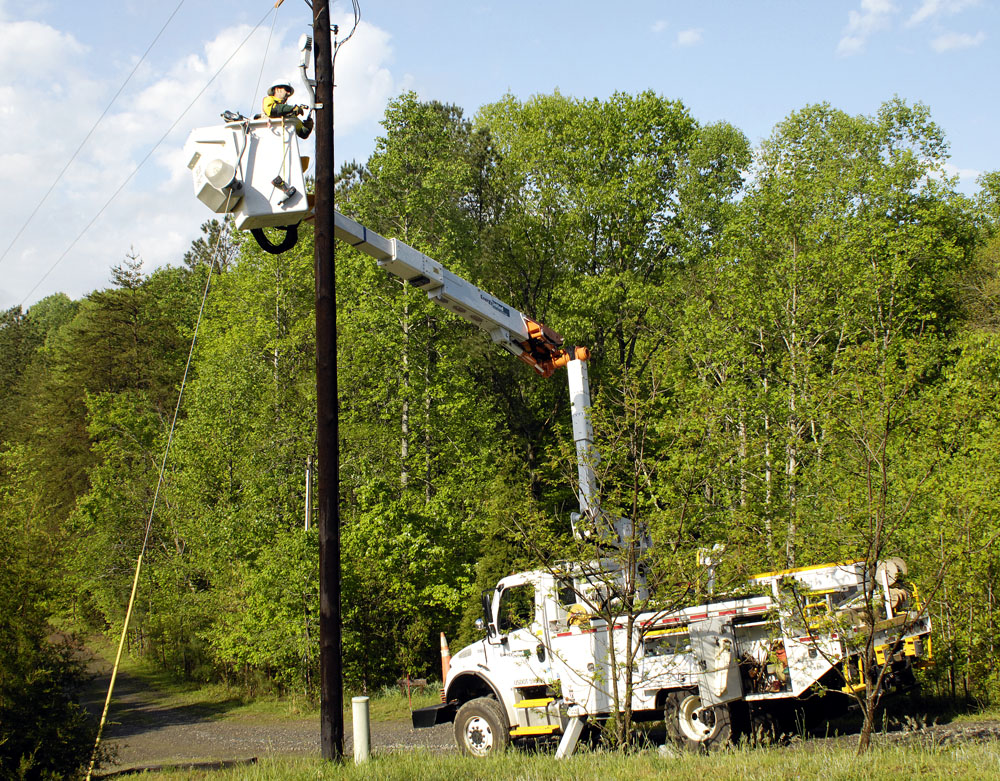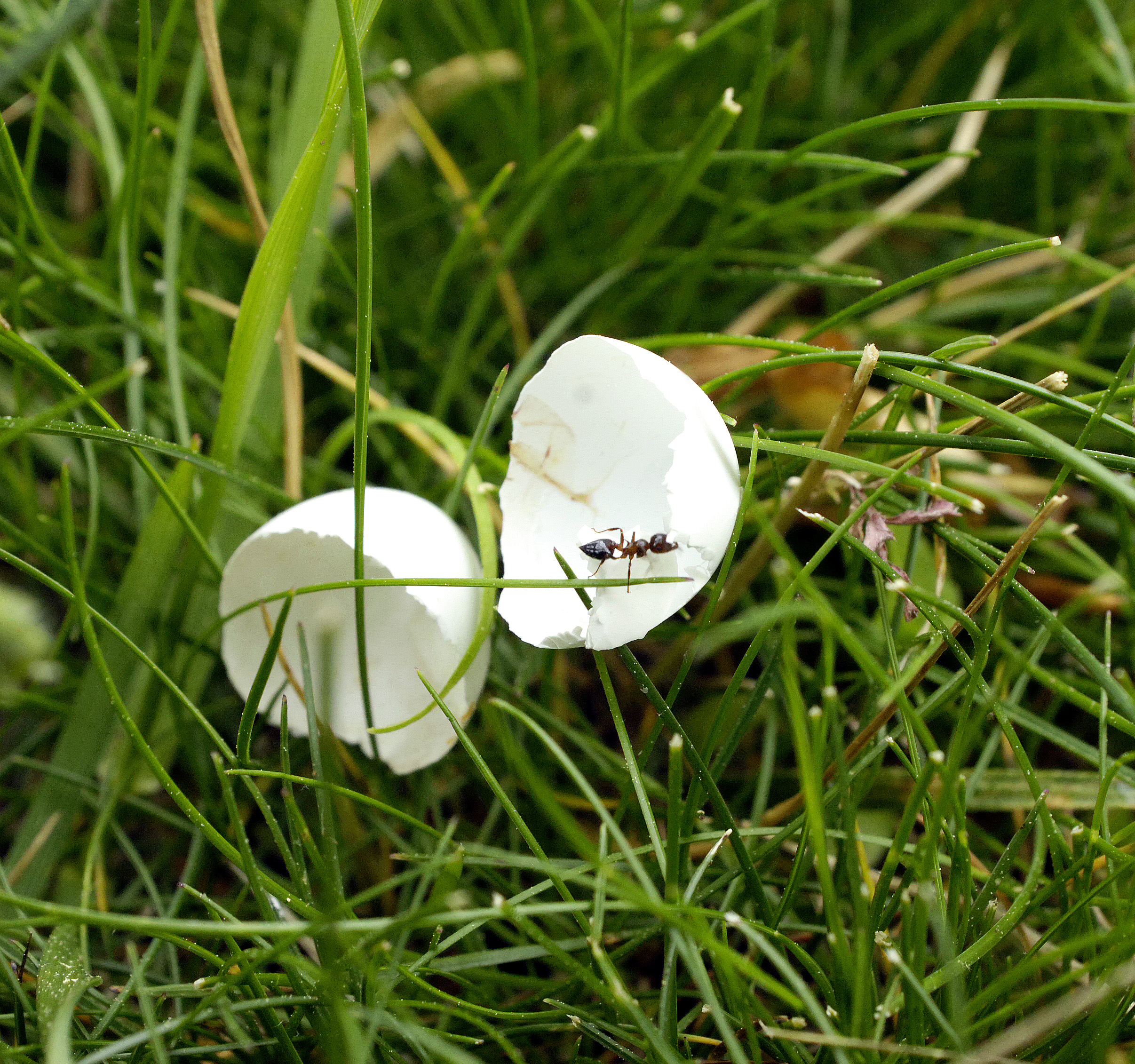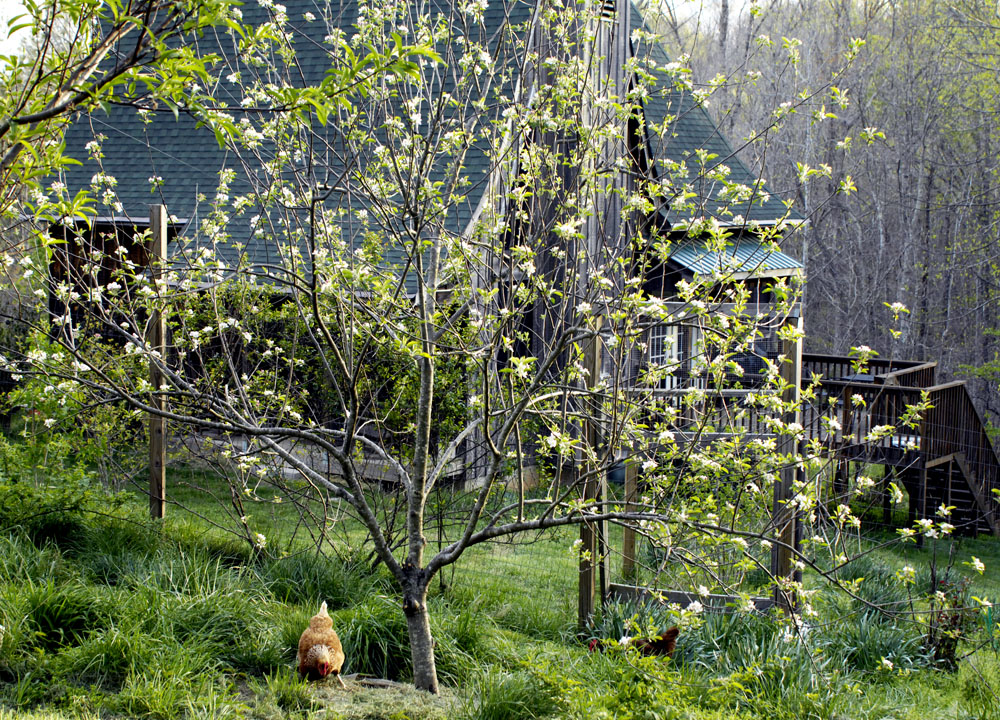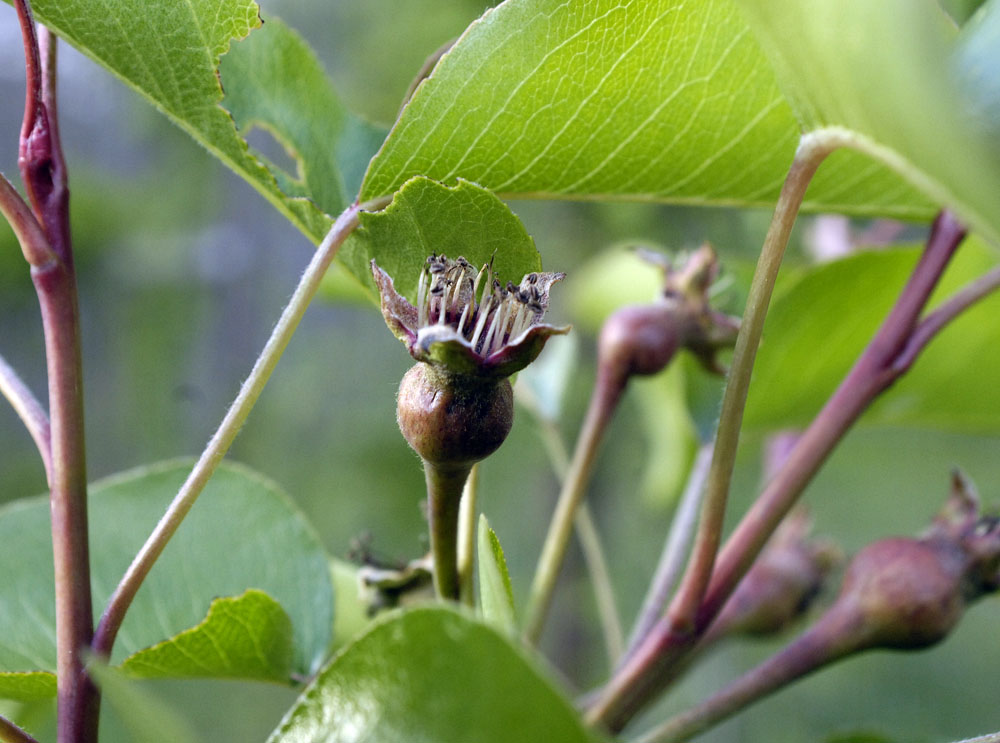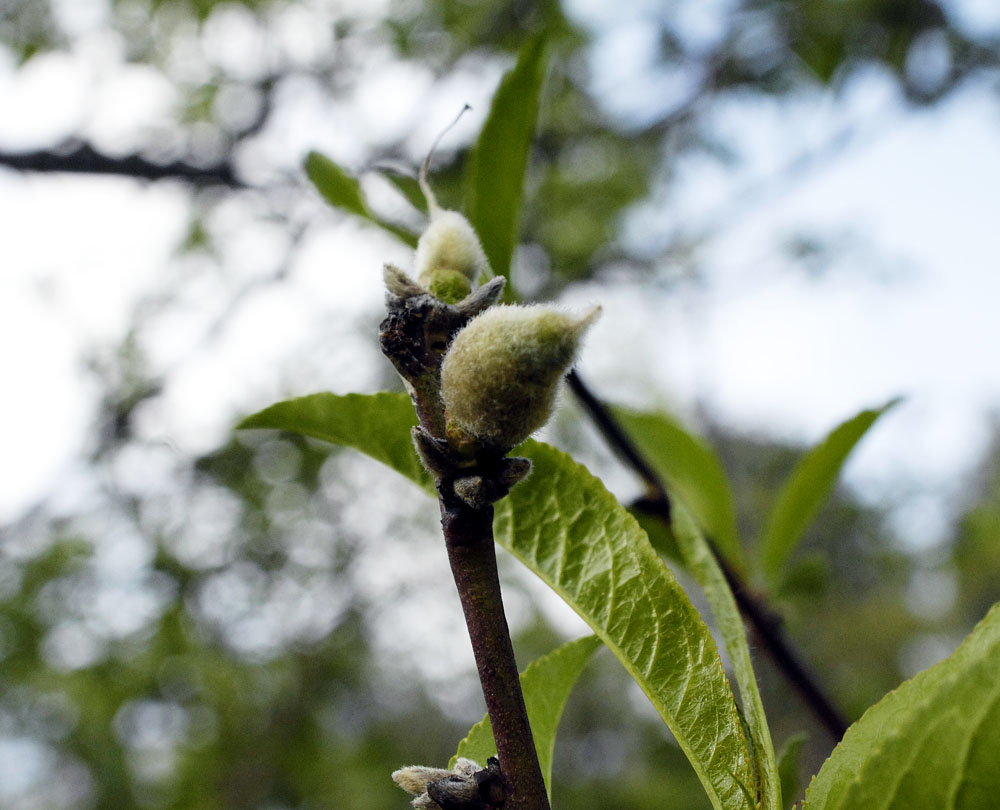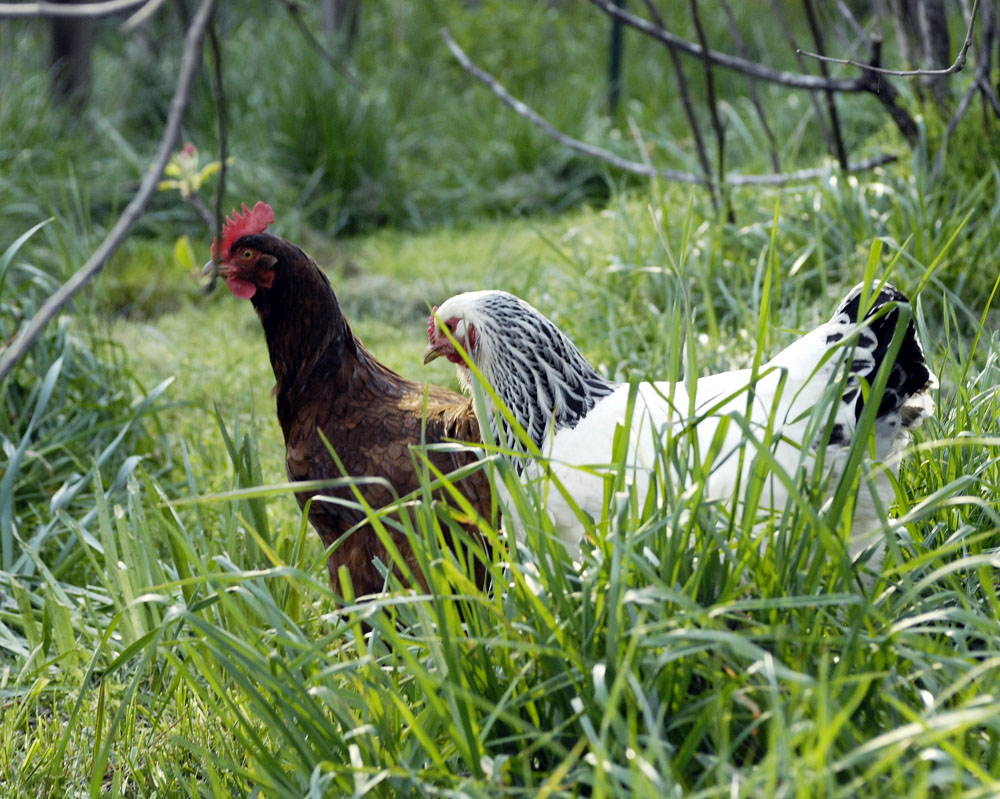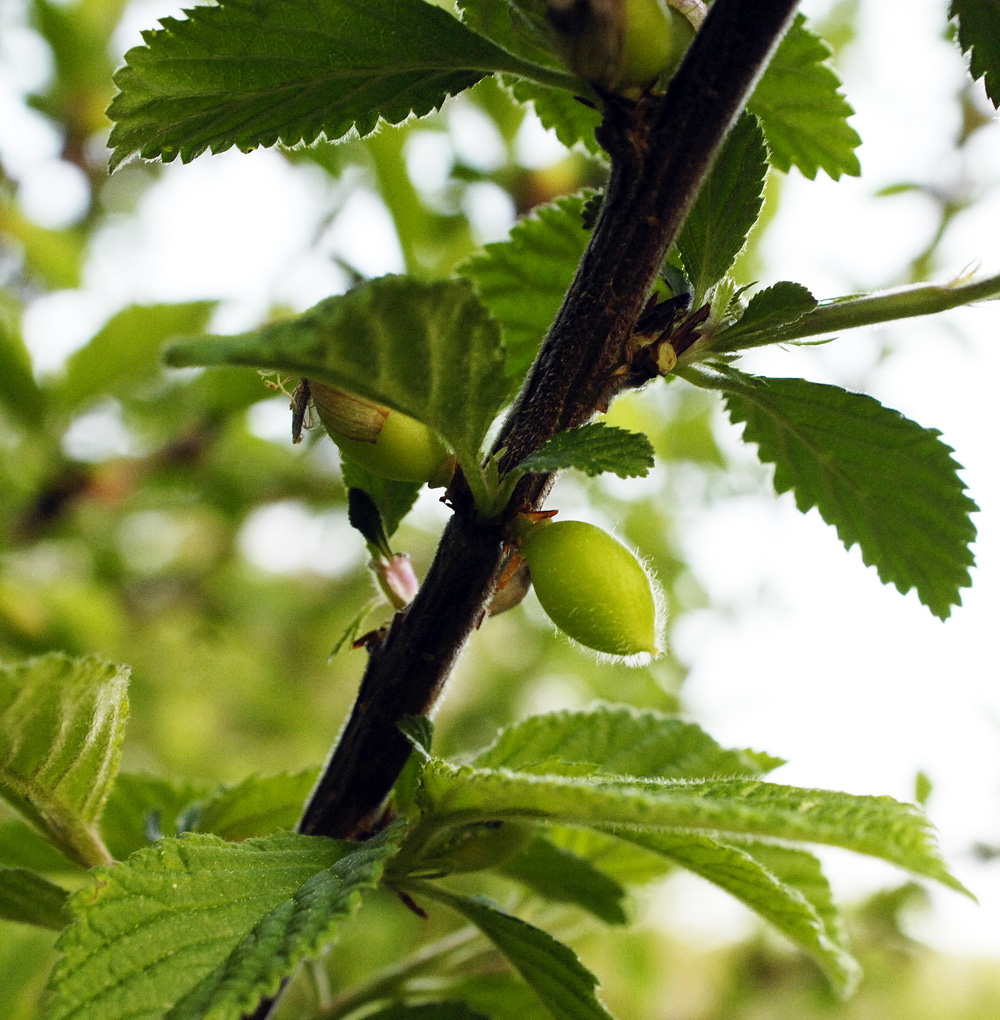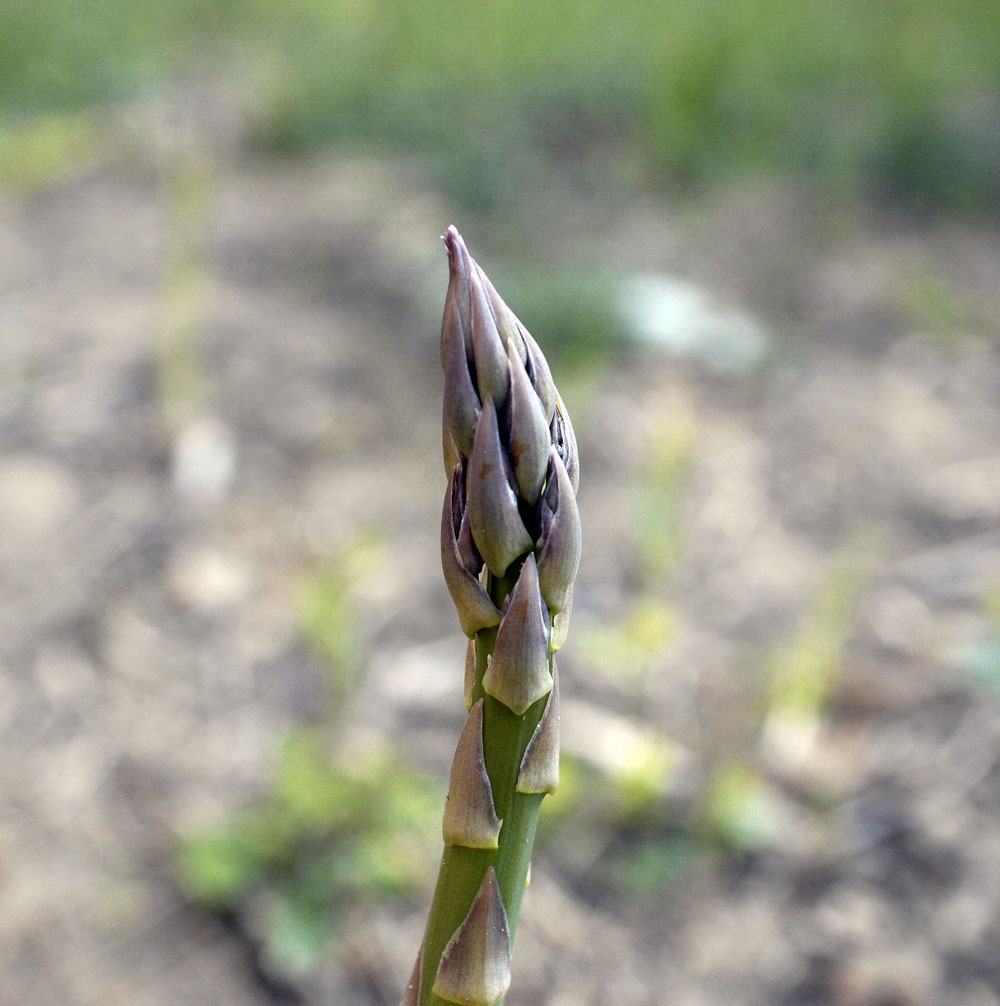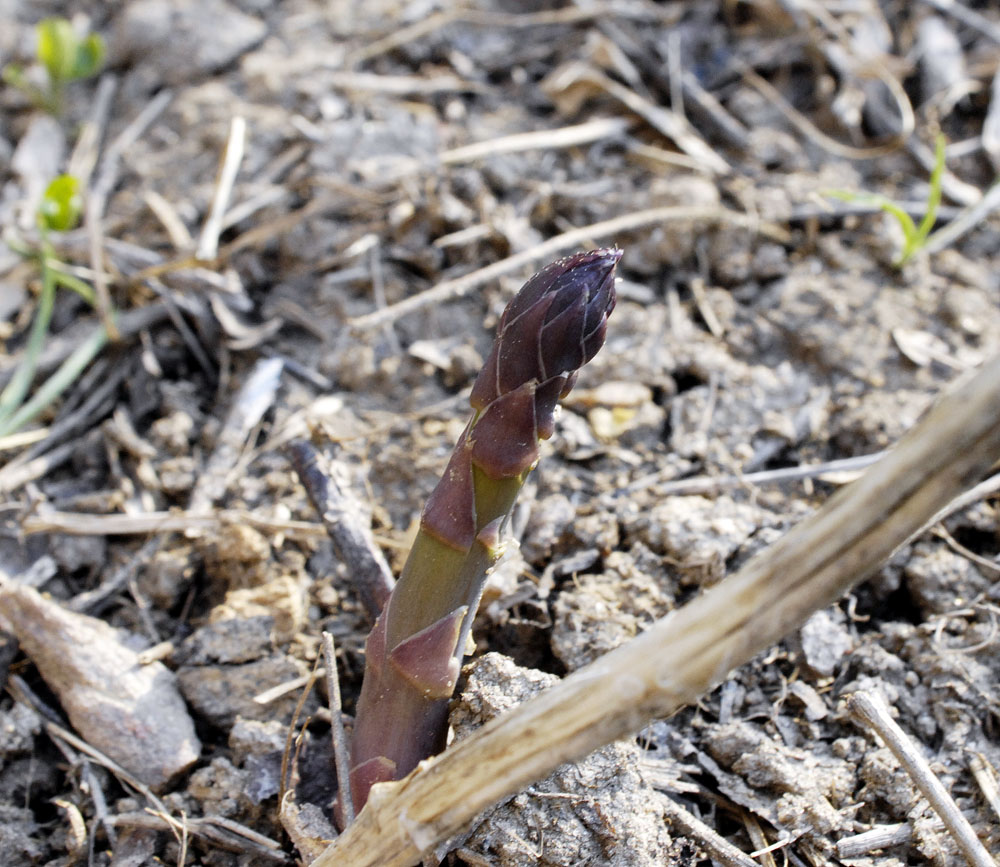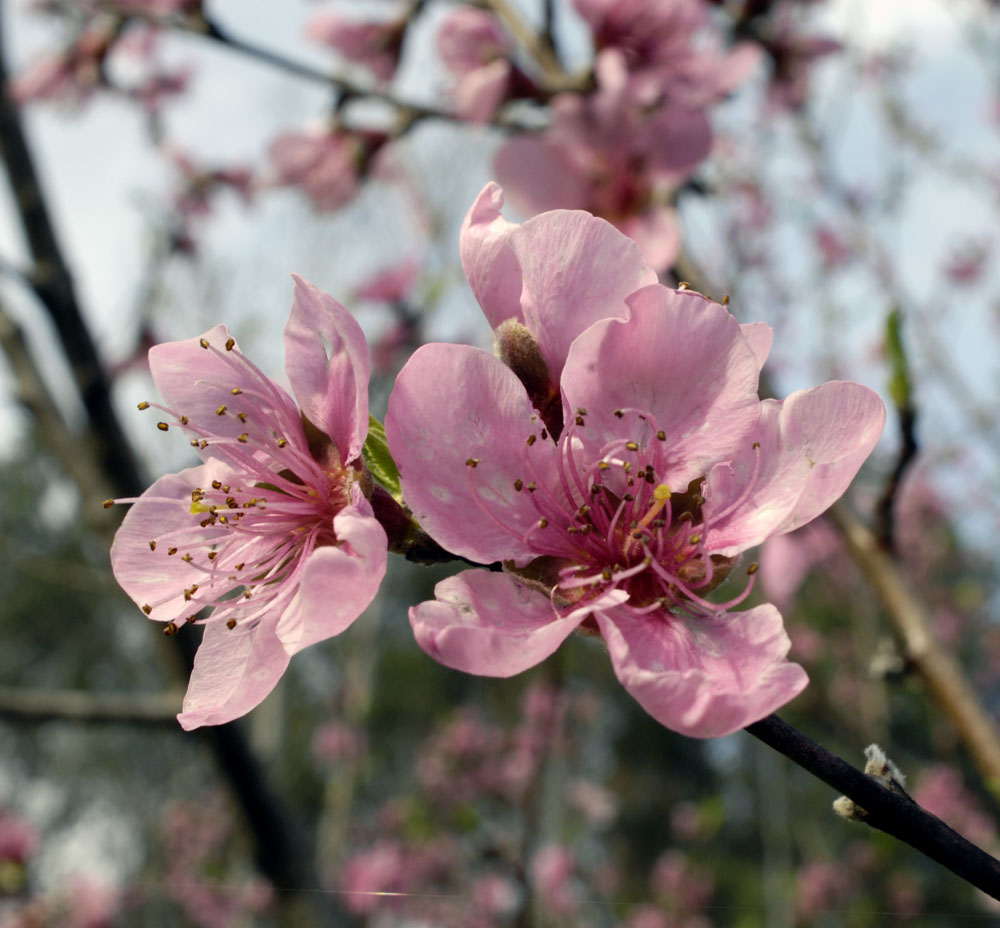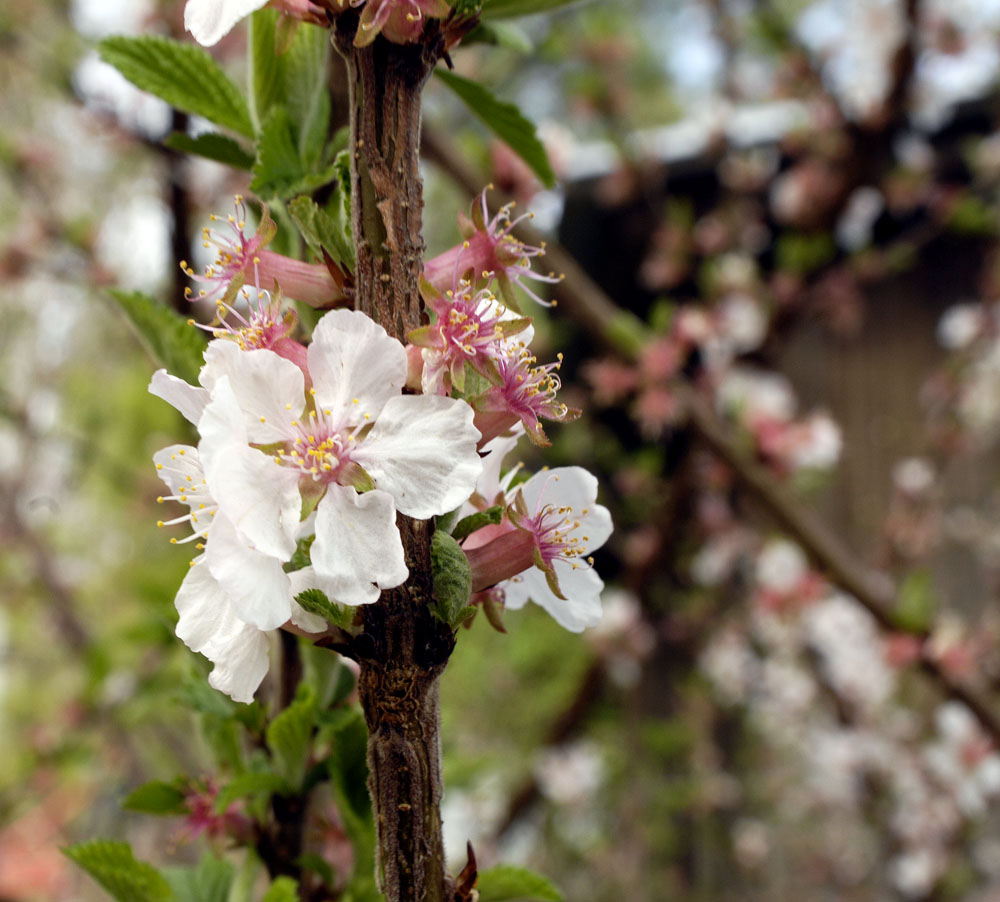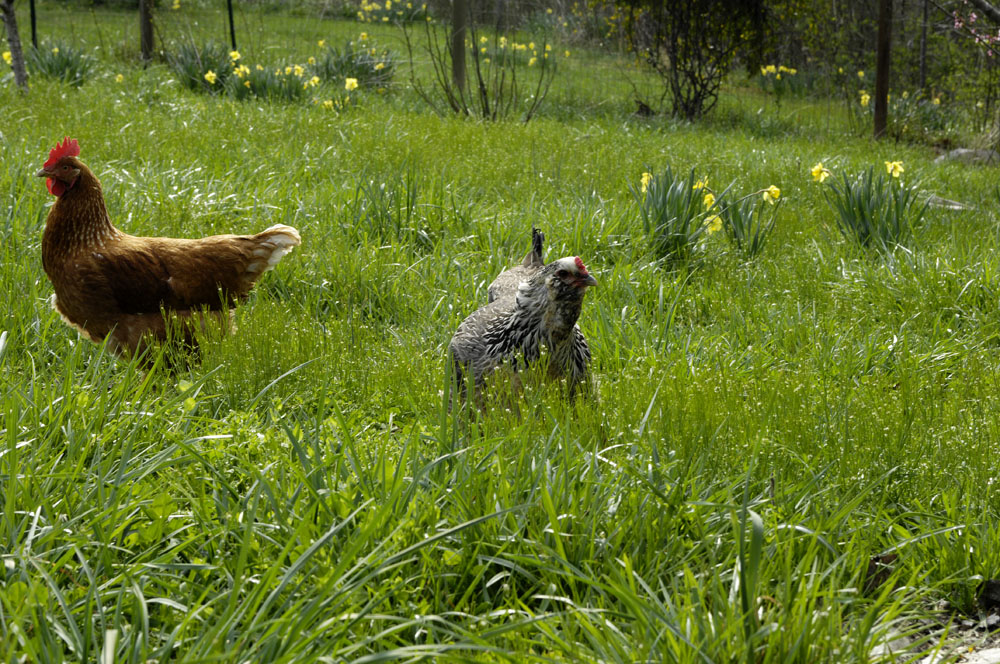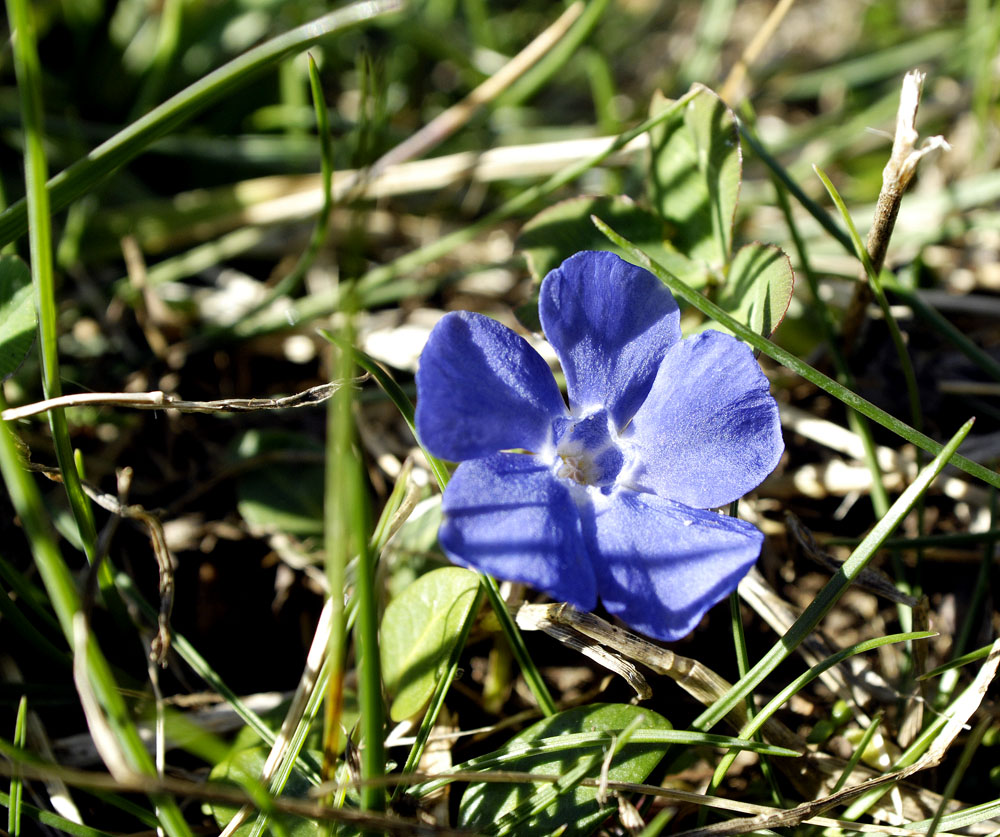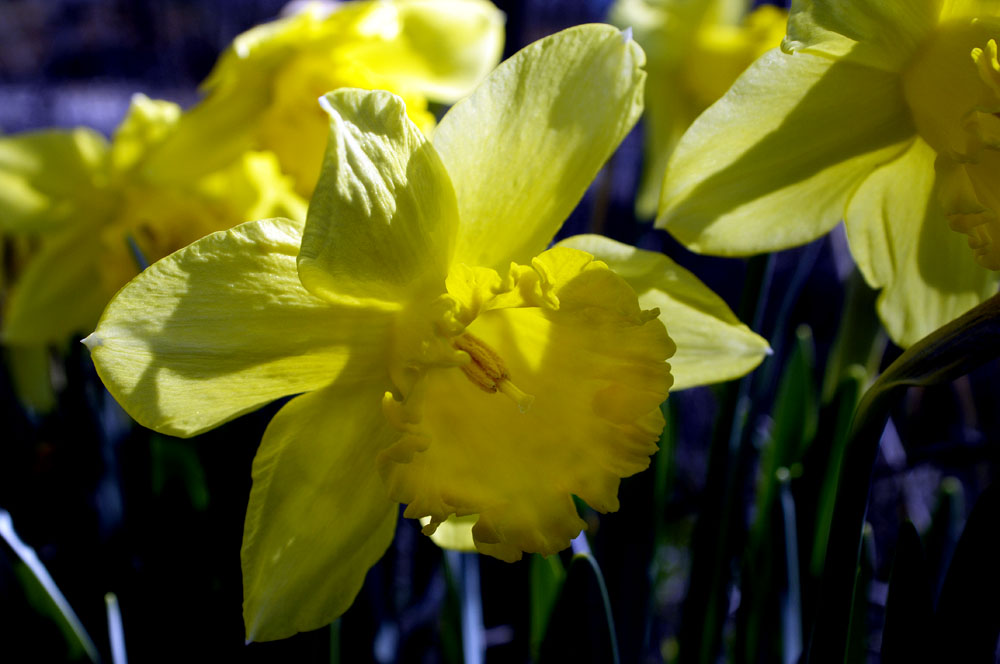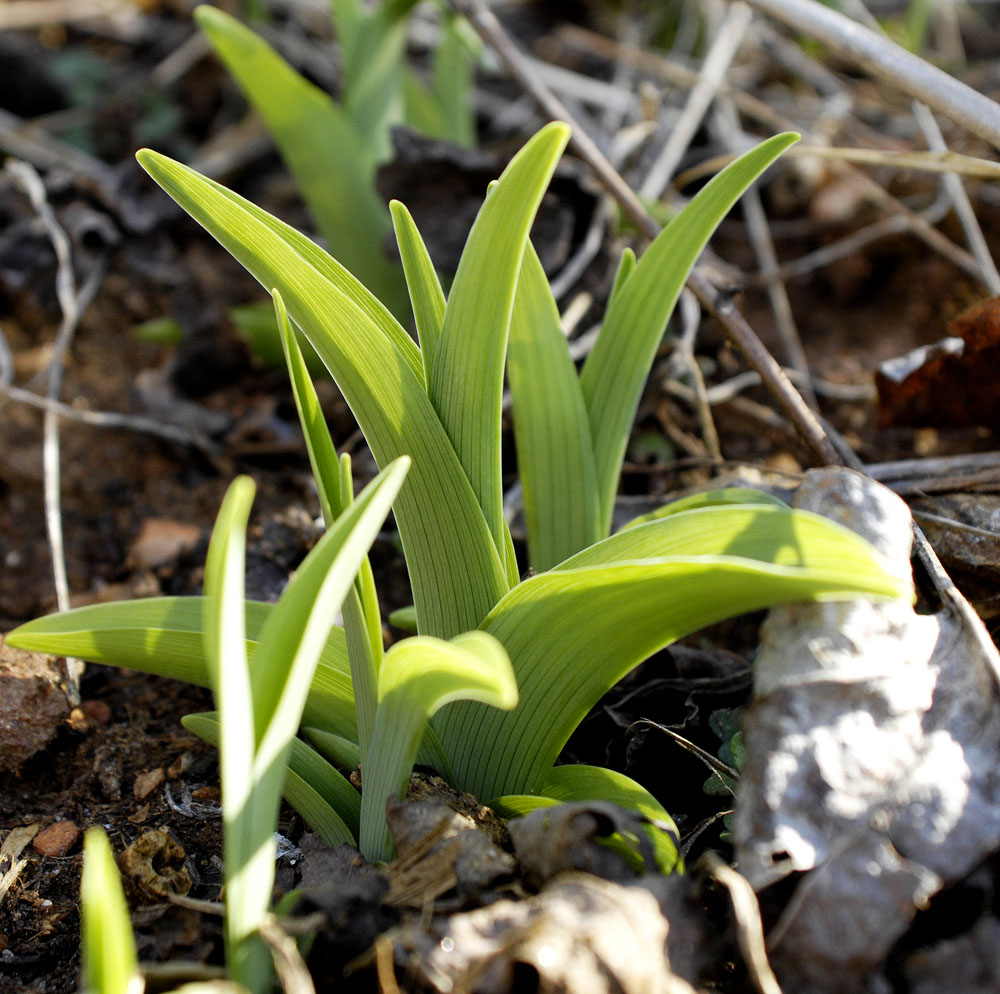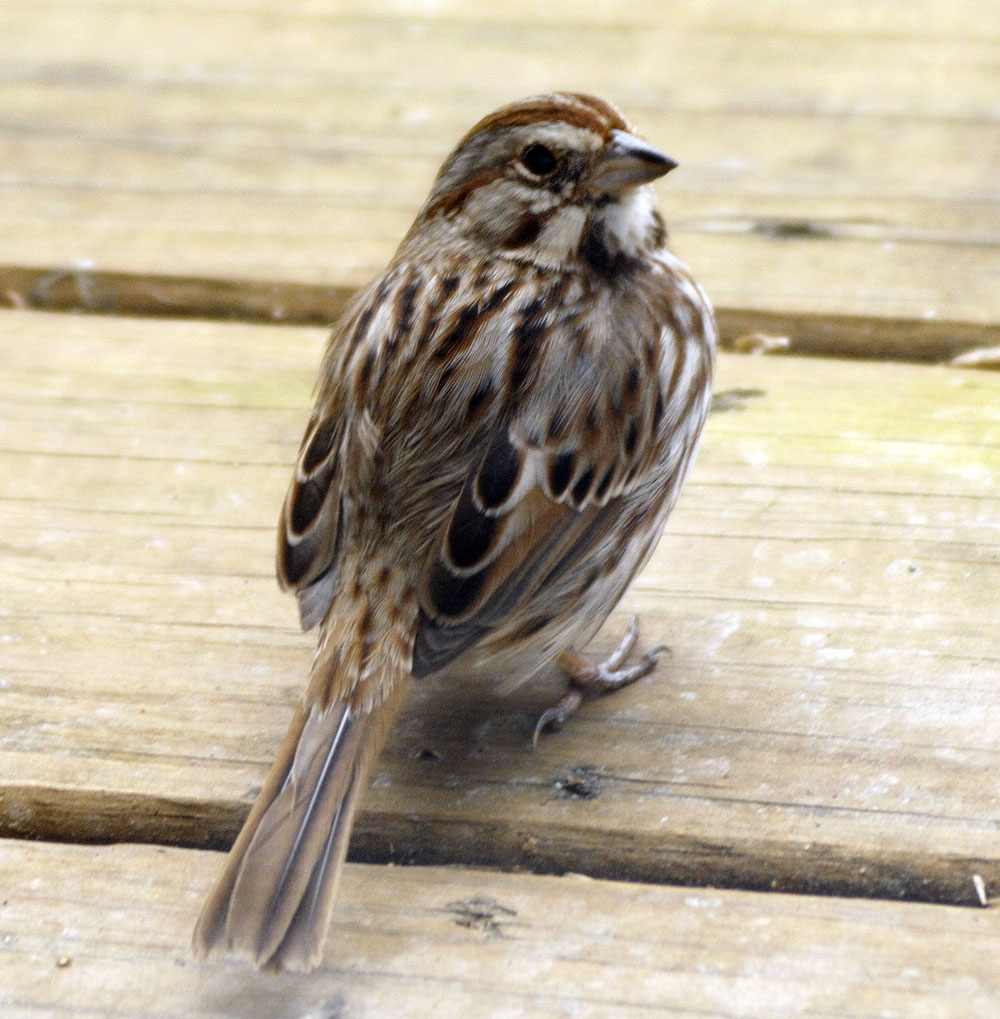
The abbey is a great place for bird-watching. I feel guilty that I’m not more systematic about bird watching and that I’m not better at identifying birds.
Just as interesting as watching the birds, though, is listening to and studying bird song, because the abbey is a very quiet place except for bird song. Maybe because I have an ear for music and for language and for accents, I’m very familiar with the bird songs that I commonly hear, although I usually have no idea which species of bird I’m hearing. I tend to hear both words and music in bird song. For sample, the bird that says, “Diaz! Diaz! Diaz!” with a lisping Castilian accent is, I think, a male cardinal. There’s another bird that says “Whip her! Whip her! Whip her!” with a country accent. I don’t know who that is. Another bird (a wren?) says, “Cheeseburger! Cheeseburger! Cheeseburger! Cheese!” Another bird (I heard it this very morning) sings, “Beet sugar! Beet sugar! Beet sugar!”
While Googling to make sure that I wasn’t stupidly misidentifying the bird in this photo (is it a sparrow?) and while looking at a page on house wrens, I saw that an old book published around 1921 actually did musical transcriptions for many birds:
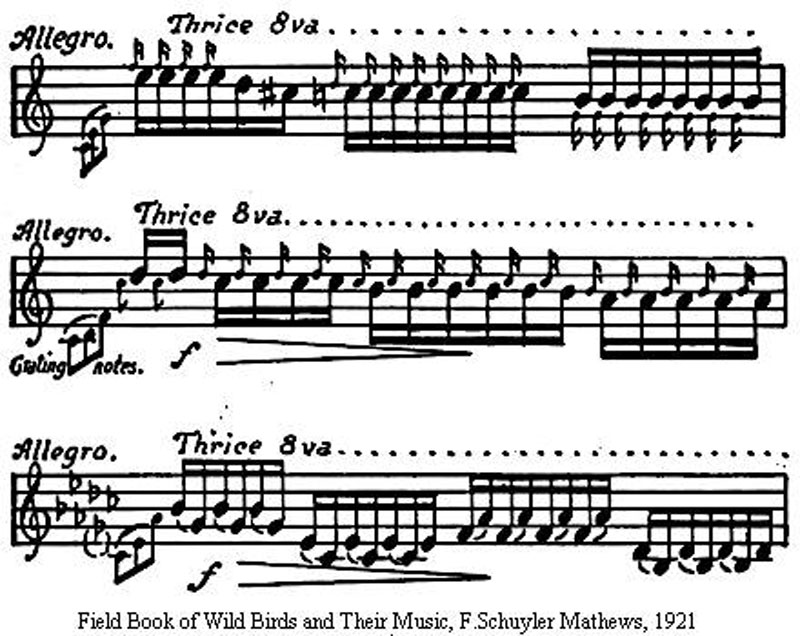
Needless to say, I have ordered that book. Since the book was published before 1923, I believe that it would now be in the public domain.
Here is one of these, a wren song, played on the abbey organ, six flats and all. I apologize for the keyboard clatter. The camera is right over the keyboards. Also, I’m sure that the bird’s actual tempo is a good bit faster than I can play this phrase with only a minute’s practice:

It doesn’t exactly sound like birdsong, but how easily I could imagine J.S. Bach composing a toccata on that theme! And below, it is an octave higher and twice as fast, thanks to a little tweaking in iMovie. That makes it sound a bit more like birdsong, though I’m afraid I gave that opening triplet only half the time it is owed:
The bird in the photo, by the way, appeared at the deck door to wonder why there is no longer food on the deck. Answer: Because it’s no longer snowing, and I swept up the mess.
P.S. Further Googling reveals that, in 2004, NPR did a story on F. Schuyler Mathews’ book and his musical notation: NPR audio

